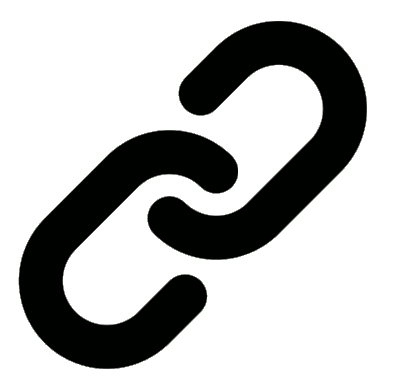| Re: 10th June 1966 - last day of international car carrying service from Pilning Posted by grahame at 13:15, 10th June 2024 |     |
Picture of a car carrying train at Piling - see ((here)) for source and creative commons license and of cars unloading - also creative commons - see ((here))


Pilning is a sad case these days from WikiPedia
On 5 November 2016, the footbridge at Pilning was demolished by Network Rail as part of the Great Western Main Line electrification project, as the bridge was too low for overhead wires and the low passenger numbers did not justify a replacement. The removal of the footbridge meant that the westbound platform was no longer accessible and thus was closed, with the final train having called on 10 September. Campaigners alleged that the removal amounted to a closure by stealth, with Network Rail apologising for not consulting residents or conforming to their code of best practice.
And one has to wonder about "possesion being 9 tenths of the law". Network Rail did not consult with residents, nor did they conform to their best code of practise. But neither has the abuse of Pilning Station been sorted out. If there was no reason to have a station there - as at Newhaven Marine, or if it was being replaced as at Angel Road, then do the job properly and close it. But Pilning is no Angel Road, nor Newhaven Marine, nor even a Berney Arms, Tygwyn or Kildonan. It's an area richly neighboured by industry a few hundred yards to the south, a plethora of motorways and junctions with massive park and ride potential for people travelling to city centres such as Bristol, Bath, Cardiff, Southampton and London. There's potential for people to walk and cycle to the station from Pilning itself, Severn Beach (where the station is not ideal for journeys to London or South Wales, and to drive there locally from places like Thornbury.
Edit to clarify quoting
| 10th June 1966 - last day of international car carrying service from Pilning Posted by grahame at 12:23, 10th June 2024 |     |
From https://www.pilningstation.uk/tell-me-more/the-past/
Pilning station also had the distinction for some years of being the eastern terminal of a car-ferry train service running through the Tunnel to/from Severn Tunnel Junction. This provided an alternative for motorists to the Aust Ferry or the long detour via Gloucester in the years before the Severn Road Bridge opened in 1966, but using it was a challenge to say the least. Persons wishing to avail themselves of the service were advised to contact the station in advance “by letter, telegram or telephone (dial Pilning 206)” as only 22 cars could be conveyed on each train and they only ran two or three times a day. Cars had to be driven onto flat wagons positioned in a loading dock on the Bristol-bound side of the station – drivers had to release the pressure in the petrol tank by unscrewing the filler cap then tightening it again, and also had to run their engine until the carburettor was exhausted and the engine stopped automatically (impossible with modern vehicles). Motor cycles with sidecars (more senior readers may remember these) could also be conveyed, but no more than two pints of petrol was allowed in the tank. Waterproof sheets could be hired to cover the vehicles, and the fare for each car was 15 shillings (75p) one way and 25 shillings (£1.25) return. Drivers and passengers rode in carriages attached to the train. Unsurprisingly, the opening of the Severn Road Bridge was the service’s death knell and it ceased not long afterwards.










